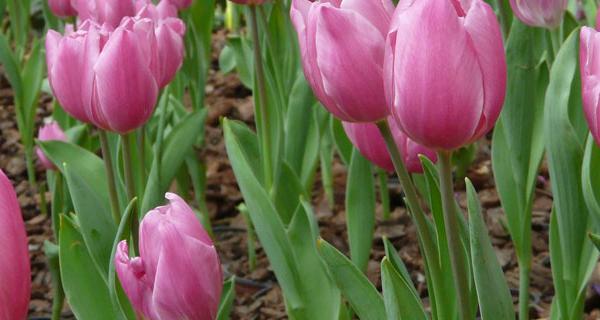How to choose the flower soil?
Soil is an indispensable living condition for flower growth, so how to choose flower soil? Next, the editor will introduce it to you in detail.
Selection requirements of flower soil:
Fertile soil: due to the limited drawing of potted plants, the nutrients in the soil should be used as much as possible in order to provide sufficient nutrients for the growth and development of flowers.
Soil quality requirements: potted flower soil must be loose, good performance of water and fertilizer conservation, suitable pH. Therefore, flower cultivation should try to choose slightly acidic or neutral soil that is loose and fertile, good drainage and permeability, and rich in humus.
To sum up, the requirements of potted soil are strict, and any kind of natural soil does not have the above conditions, so indoor potted flowers need to be cultivated with artificial culture soil. According to the different habits of flowers, different kinds of soil and nutrients are mixed to meet the needs of different flowers.
The growth of the aboveground part of potted flowers is often closely related to the development of root system, and the development of root system is related to the physical shape of soil, in which soil porosity plays a leading role. Therefore, the study of soil porosity of potted flowers has become the "key".
Soil acidity and alkalinity are closely related to the growth and development of potted flowers. in addition to satisfying soil porosity, sometimes flower growth is not ideal, which is often related to soil acidity, especially azaleas, camellias, dragon boat flowers and so on. even cause flowers to wither and die. There are some differences in the requirements of soil acidity and alkalinity among different potted flowers.
Soil requirements of indoor potted flowers
Annual and biennial herbs, such as Chrysanthemum morifolium, Primula, etc., can use 50% culture soil and 50% river sand, or 50% peat, 20% river sand and 30% tree sawdust.
Bulb flowers: such as cyclamen, begonia, etc., commonly use 50% culture soil and 50% rotten leaf soil, or 50% peat, 30% perlite and 20% tree sawdust.
Foliage plants: such as green pineapple, tortoise back bamboo, etc., with 40% rotten leaf soil and 20% river sand.
Woody ornamental plants: such as rhododendron, camellia, poinsettia, etc., with 40% acid rotten leaf soil, 40% culture soil and 20% river sand.
Seeing here, you already have an understanding of how to choose soil for flowers. I hope everyone can grow flowers very well.
Related
- What if the leaves of potted flowers turn yellow?
- Florescence Control of several Flowers
- Anti-freezing technology and post-freezing nursing technology of flowers
- What is the classification of flowers? What are the common methods of flower classification?
- Prevention and control of alkali and acid damage of flowers in courtyard
- Technology of Anti-freezing and restoring growth of Flower seedlings in greenhouse and greenhouse
- How does flower fertilization not hurt the root? Fertilization technology of flowers
- Key points of disinfection in flower greenhouse
- Several pesticides that are banned or used cautiously in flowers
- How to fertilize the flowers that watch the leaves?



